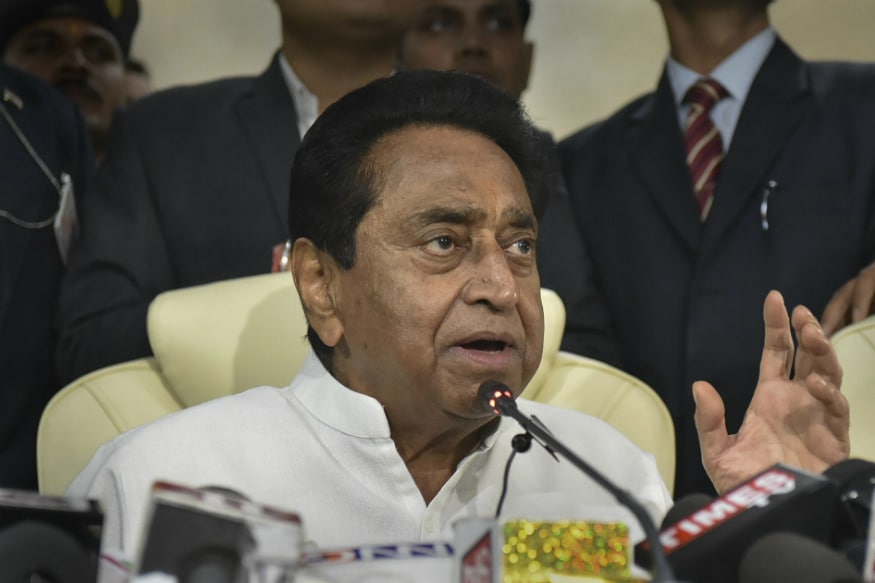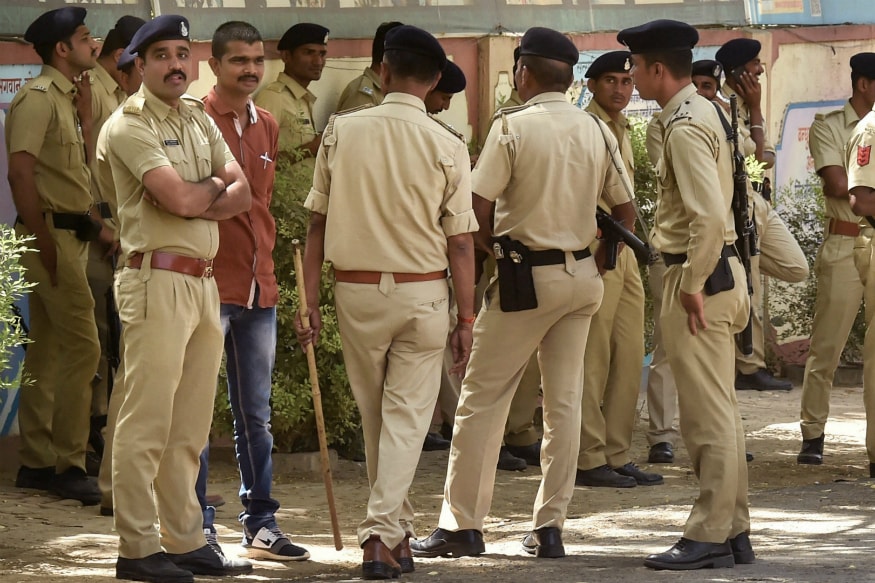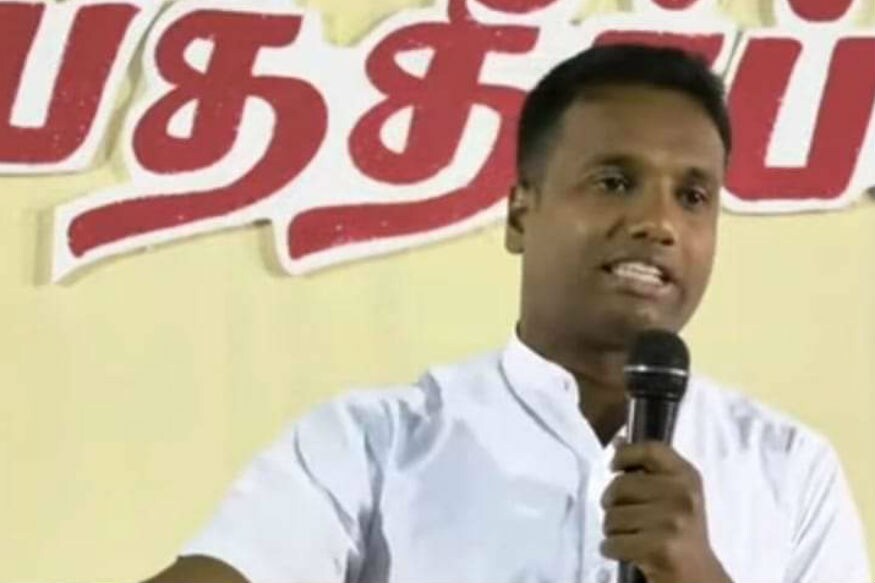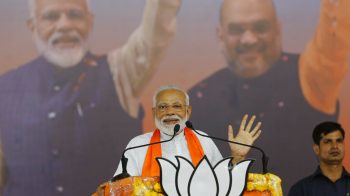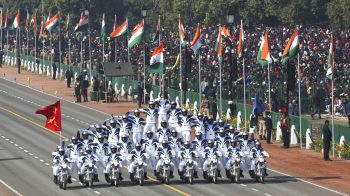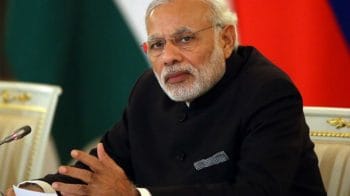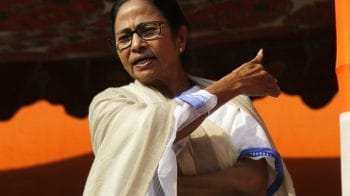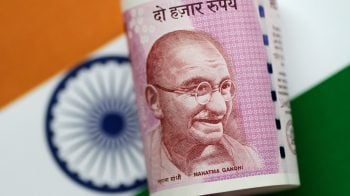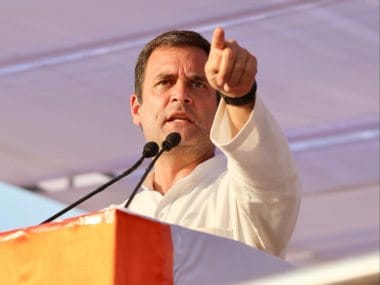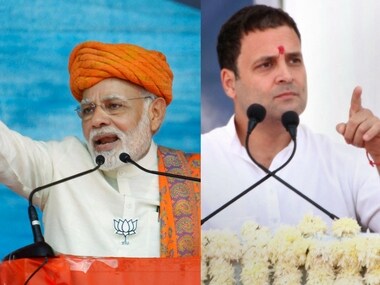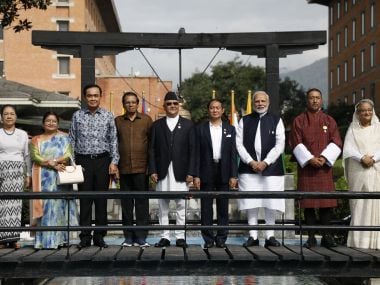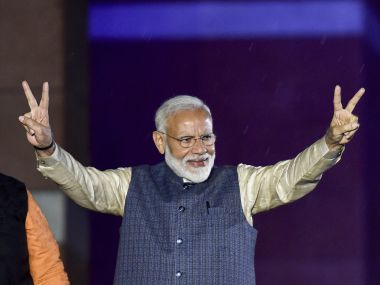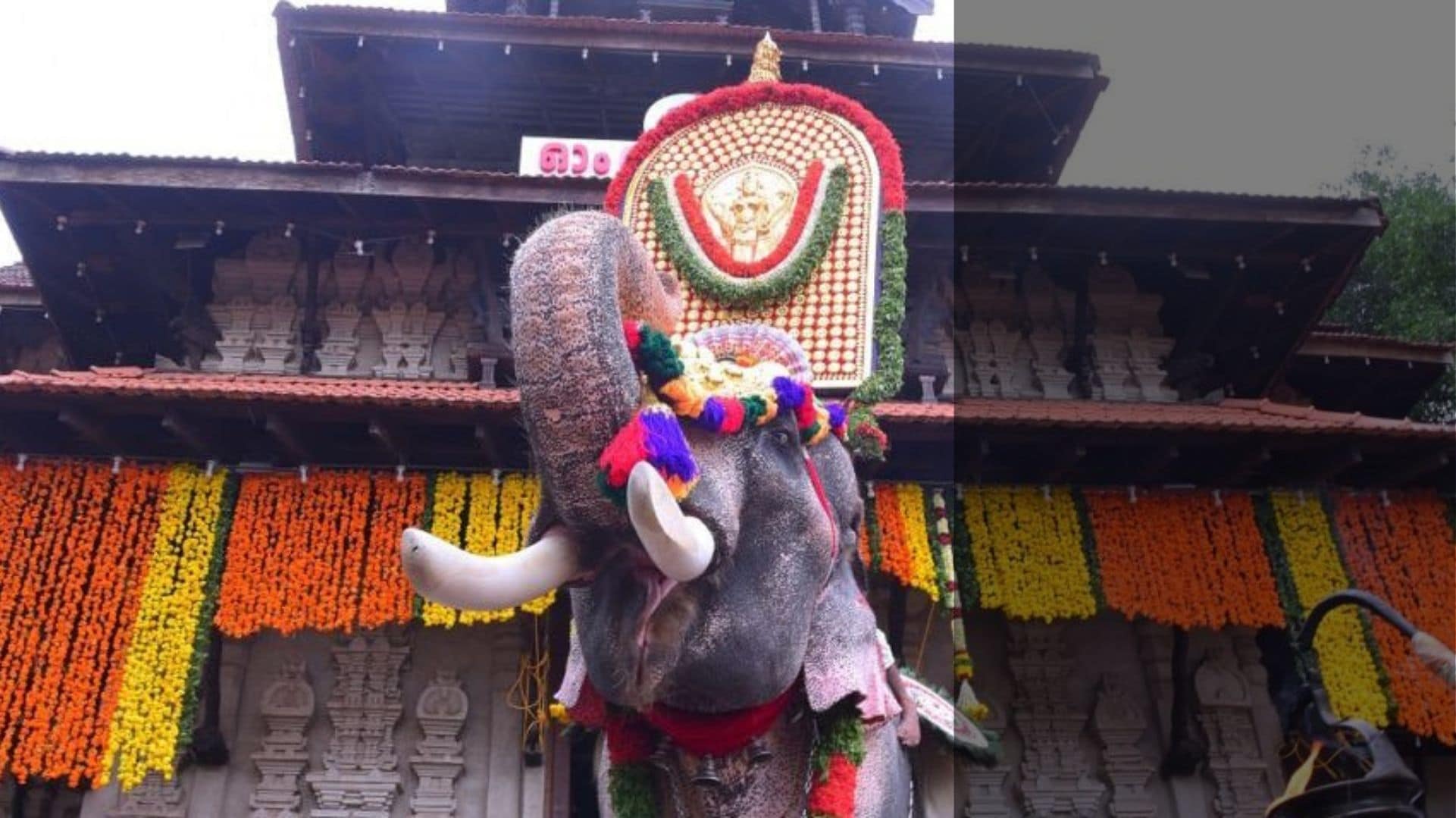Fatalities of this kind have been on the rise over the years, with veteran climbers and industry leaders attributing this to an increased number of inexperienced climbers looking to summit the world’s highest mountain.
Gone are the days when traffic jams used to be a struggle only for people in the country’s urban sprawls. Now you could find yourself stuck in a winding queue even on your way down the world’s highest peak.
Over the past week, at least 11 people lost their lives due to congestion along the way to Mount Everest’s summit, as reported by CNN. The number of deaths this year is higher than during the avalanches triggered by the earthquakes in 2014-15.
Indian-origin Anjali Kulkarni was one of the recent casualties. She made it to the top but died on her way down as she got stuck in traffic. A survivor of the Mt Everest traffic jam, Ameesha Chauhan, told NDTV that novice climbers must not be allowed to venture up the 8,500-metre high peak in order to prevent such incidents in the future.
A doctor from Arizona, Ed Dohring, was shocked by what he saw when he reached the summit a few days ago, he told The New York Times. Climbers were pushing each other to take selfies on the summit, which he described was about the size of two ping-pong tables.
However, this isn’t the first time the problem has reared its head. Several such instances have been witnessed in the past too, but the lesson is yet to be learned.
In 1996, eight people died within 36 hours, near the peak’s summit, reported the BBC.
A photograph in 2012 by German mountaineer Ralf Dujmovits showed a 'conga line' of hundreds of people queued along the way to the Everest. Around 10 people lost their lives the same year, three of whom were sherpas, the BBC added.
In April 2013, a scuffle broke out between two European climbers and a group of Nepalese guides at a height of 7,470 metres, as reported by BBC.
Apart from this, issues of sub-standard or faulty climbing equipment, leaking oxygen cylinders, an ever-growing number of thrill-seekers around the world are some other reasons behind the rising accidents. The New York Times added that veteran climbers believe that the lack of stricter norms for issuance of permits and shoddy regulations in Nepal only serves to worsen the situation.






























